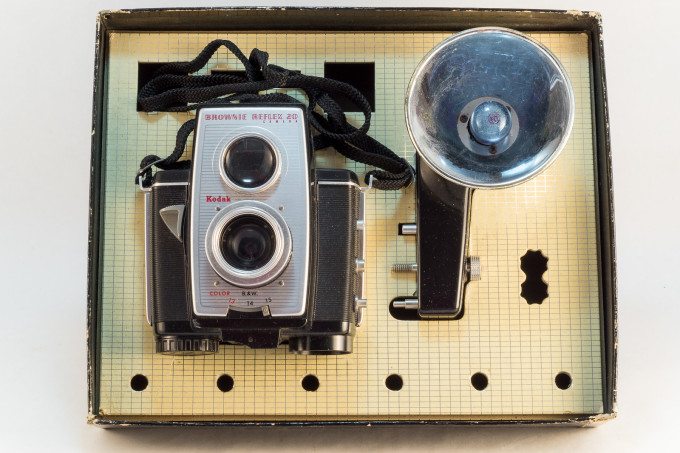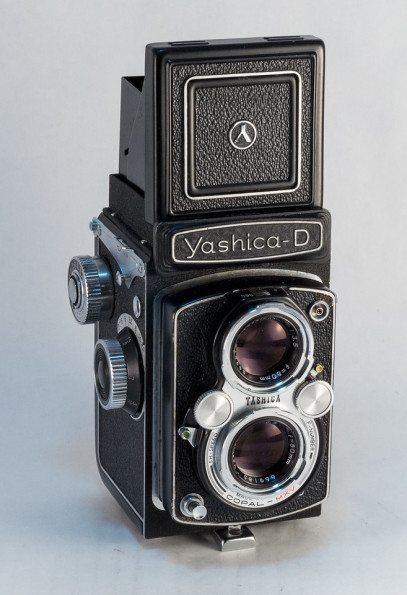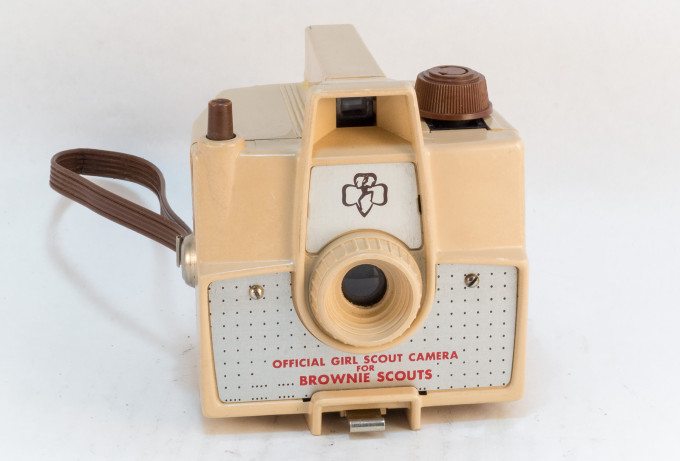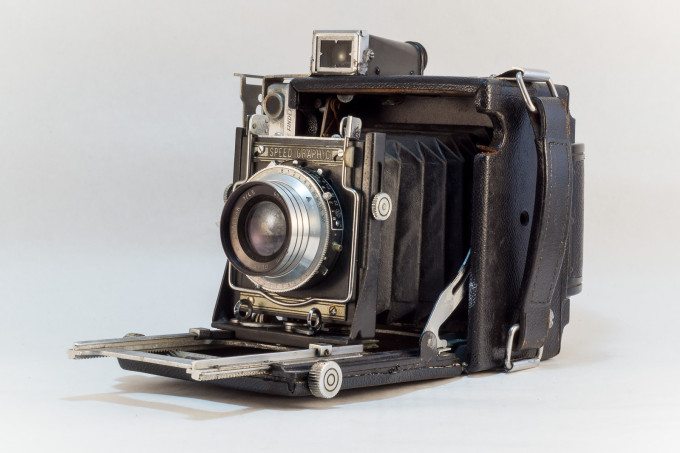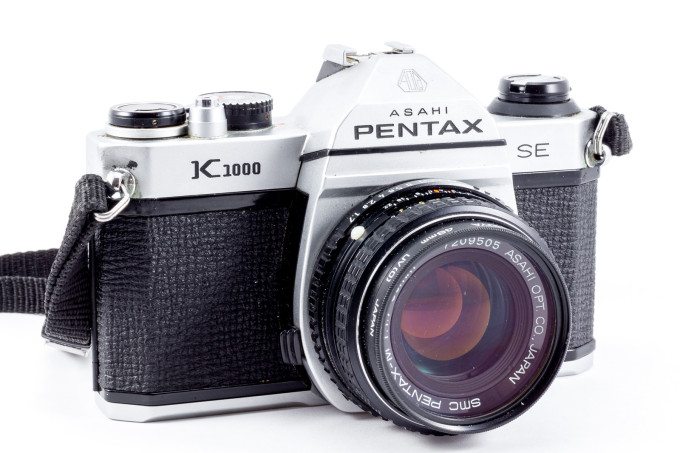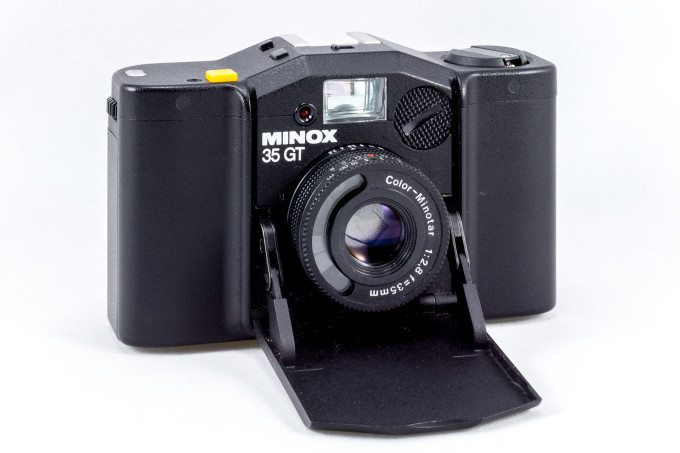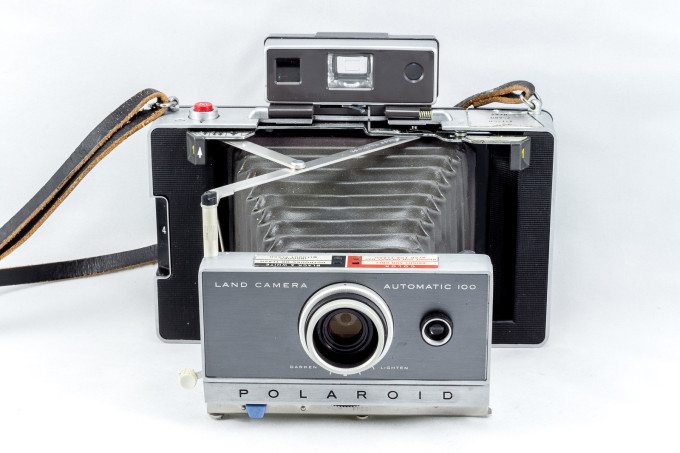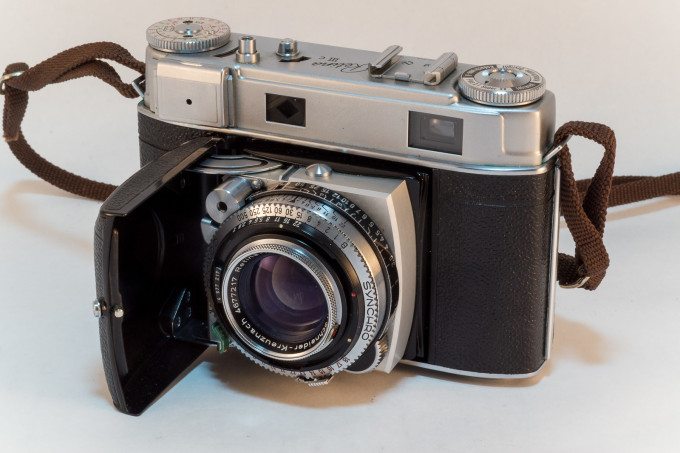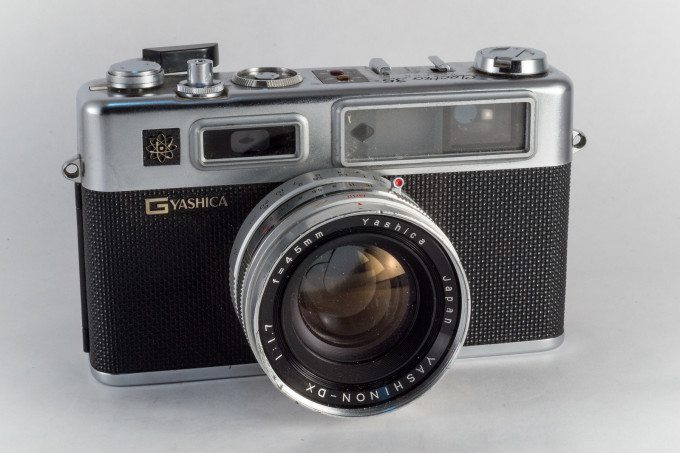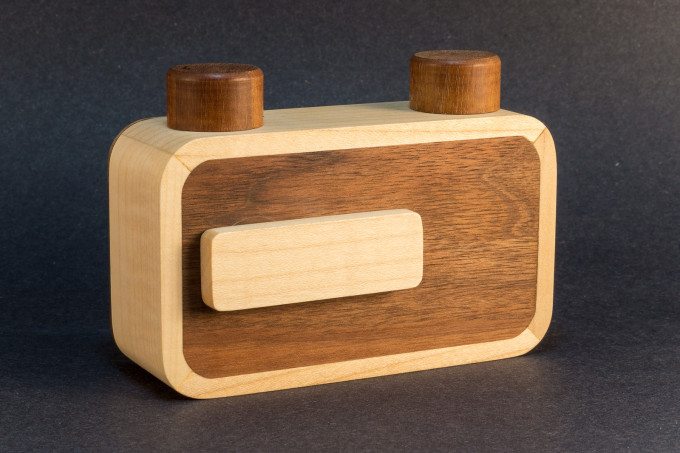Last Updated on 04/15/2015 by Chris Gampat
All images by Douglas Bailey. Used with permission
Photographer Douglas Bailey is not only a photographer, but he’s a collector and a special type of reseller. Like many of us, Doug went through a particular inspirational dry spell that lead him to exploring new things. He discovered the analog world and fell deeply in love with it. “Shooting film causes you to slow down, shoot less, think more about composition because you know every time you push that shutter you’ve just spent real money.” says Douglas. “And there is that edge of excitement not knowing if you got anything worth keeping for days until you get your processed film back.”
Doug’s love of analog cameras turned into a special type of gear acquisition syndrome. He collected cameras, restored them, and eventually found himself with too many. So he started selling a couple. Then he would use the investments to buy new cameras, fix those up, and resell after playing with them for a while.
The story of how Doug found his inspiration in the analog world and how he restores his cameras is after the jump.
Phoblographer: Talk to us about how you got into photography.
Douglas: In the early 80’s I lived in the corner of Yellowstone Park surrounded by some of the most amazing scenery, wildlife, and alpine flowers in the world. I realized I wanted to learn something about photography so I could document it all. In the next few years I went from knowing nothing about it to shooting with a Pentax LX (one of the pro cameras of the day), having two articles published in Popular Photography about macro tools/techniques I created, selling my prints in the Park, and doing headshots for the local ski area.
After a few years my wife and I moved into town and I put my camera away for many years. I started shooting digital sometime after moving to Seattle, WA and have been back into photography now for 4 or 5 years.
Phoblographer: Why do you think that the spark and love of the artform was starting to fade in you?
Douglas: At first I was fascinated by digital – the speed, the control, the precision. But in time those exact same elements became too predictable. I knew if I checked all the boxes I would get a near perfect technical image every time. I got wrapped up in pixels and sharpness and hi ISO noise reduction at the cost of form and content.
Phoblographer: Since going into that store, buying the camera, and shooting do you feel like all you needed to do was something new to refresh?
Douglas: No, not at all. It’s more fundamental than that. Shooting film causes you to slow down, shoot less, think more about composition because you know every time you push that shutter you’ve just spent real money. And there is that edge of excitement not knowing if you got anything worth keeping for days until you get your processed film back. When I shoot medium format I ship it all to a lab in San Francisco so sometimes its weeks before I have enough rolls to send in, so it can easily be a month before I see an image I took. As my favorite street photographer Eric Kim taught me that time adds a wonderful detachment between you and your photos. It’s much easier to look at them with a cool eye after time has passed.
But don’t take that to mean I’m against digital photography. I love my Fujifilm X-E2 and know I can do things with it I couldn’t image with some of my vintage cameras. There is a strong place for digital and film today.
Phoblographer: Most gearheads hoard cameras, but you buy, refurbish, shoot and sell. Why do you do this exactly?
Douglas: I’m a photographer not a collector. There is nothing like the excitement of shooting the first roll of film through a camera that is 77 years old like I just did a couple days ago. I love the challenge of figuring out how to use some of these strange old cameras that were in many cases made before things standardized. I love figuring out what size a mask I can cut to fit inside an old folder that originally shot a negative the size of a post card when all I have to put in it is 120 roll film. It’s extremely rewarding just to get photos out of some of these beautiful old machines.
Phoblographer: What kind of refurbishing and restoration do you do to these cameras?
Douglas: I have no formal training for camera repair, so anything newer than say the early 70’s I would probably never open up. But since I’ve now owned and photographed with 254 cameras (as of the day of this writing) going all the way back to 1902 I’ve learned a lot of tricks about soldering broken wires, reconnecting loose springs, that sort of obvious thing. Perhaps my proudest restoration was when I re-leathered a Kodak 3A Folding Pocket made in 1908. It was in such bad shape when I got it I know the next stop could have been the trash can. When I was finished restoring it the brass lens shined, the teak rails were polished, and the case looked good enough it made you want to open it to see what was inside. That was an amazingly beautiful camera.
Phoblographer: Have there ever been any cameras that you wish you didn’t sell?
Douglas: There is one I’ve thought about several times since I sold it – a 1948 Ansco Titan. It was a strikingly handsome camera that felt great in the hand and had amazing optics. But I don’t regret selling it because it didn’t meet the criteria for moving into my permanent collection.
Phoblographer: What are some of the most common repairs that you feel you need to do to these cameras? We’d assume that it’s bellows work, no?
Douglas: Cleaning. By far the most common need for the cameras I get. I have a large container of tools and liquids I use, but often the camera is so bad I just start with a toothbrush and soapy water. Everclear makes a great cleaning alcohol, I use Leica Lens Cleaning solution for delicate glass, but I’m not afraid to use Goo Gone and Nev-Dull on the really nasty metal stuff. I own just about every color of matt finish polishing cream as well that sometimes is needed on a case or even the leather coverings.
As far as mechanical repairs, bellows and shutters are the bane of any vintage camera user. Bellows on the older cameras, shutters on the newer. I’ve used liquid rubber inside bellows with great success, and I understand it will last for years. Shutters and aperture blades sticking or hung up however are the number one reason I’ve not been able to use cameras. Those are difficult and expensive things to repair when they have to go to a shop, and rarely worth it when I’m using a camera bought from an online auction for $18.00.
The other repair that has to be done on most any camera from the 50’s to the 70’s is replacing light seals. I drip alcohol onto whatever is left of the felt and it turns into a runny goopy mess that I dig out with q-tips and the point of bamboo skewers and a LOT of paper towels. I buy sheets of light seal material so I can cut whatever custom shapes I need.
Phoblographer: Talk to us about restoration. How long does it typically take to restore a camera?
Douglas: Most any camera I buy gets an hour or so of deep cleaning. If there is damage to coverings or markings on the body I can easily spend several hours playing with my chemicals to bring them back to pristine. When I do open up a camera it’s a long slow process because of my lack of training. Every piece and screw gets carefully laid out on a table in order so I know how to put it back together. I worked for three weeks on that Folding Pocket camera I mentioned (not full time), but typically I’m ready to photograph with them in a day or two.
Testing is usually done with my ear and film. If the shutter sounds right at various speeds I’ll load film and take it out. On the better cameras I’ll sometimes take it to a friend who runs the best vintage camera repair shop in Seattle and he’ll use his meters to do an accurate shutter speed test.
Phoblographer: What kind of subject matter do you shoot and what attracts you to said subjects?
Douglas: My passion is street photography. I love walking downtown and looking for interesting people to photograph. Sometimes candid, but I get the most pleasure from meeting people and doing more formal street portraits.
The majority of vintage cameras do not lend themselves to that kind of shooting because they are so challenging to frame, slow shutters, etc. So with them I usually find myself looking for objects and light that form an interesting composition. Since you never know if that first roll will even make an image on film I find I have a pretty low threshold for what constitutes interesting.
Phoblographer: You’ve got a permanent collection of cameras. Why do you keep these in particular?
Douglas: Permanent should probably be in quotations because they do change. Early on I made a self-imposed rule that I would only keep 12 vintage cameras. Any more than that and I knew I wouldn’t be able to cycle through and use them. There is only criterion to be in that collection – be the most fun to shoot with. I only buy cameras to use so while I’ve owned some classic and beautiful cameras if they were not that enjoyable to photograph with it was back to the auction block with them. There are rangefinders, viewfinders, instant, twin lens reflex and even a pinhole, but that list is heavily weighted toward my favorite cameras to use – rangefinders from the 50’s to early 70’s.


